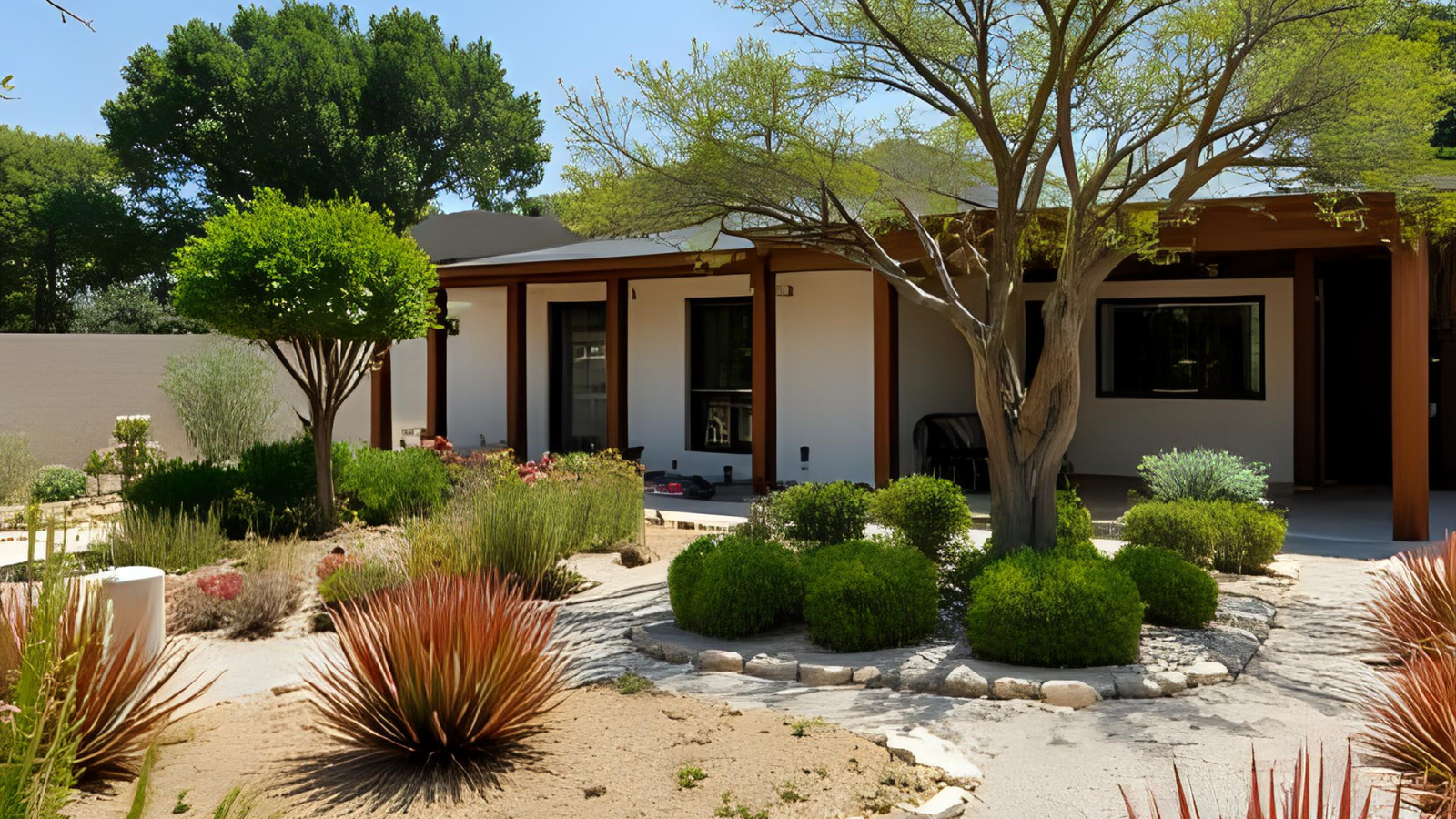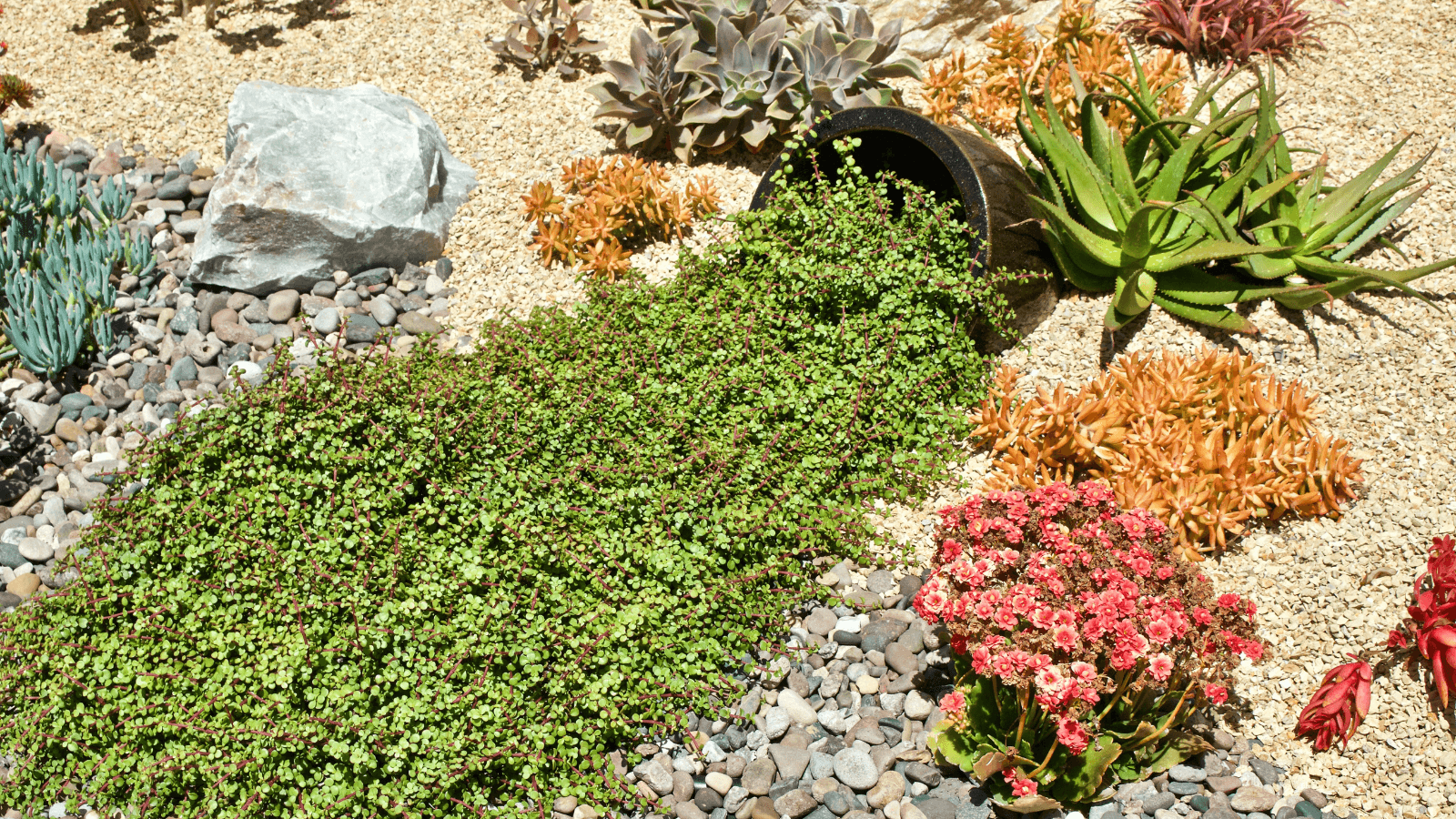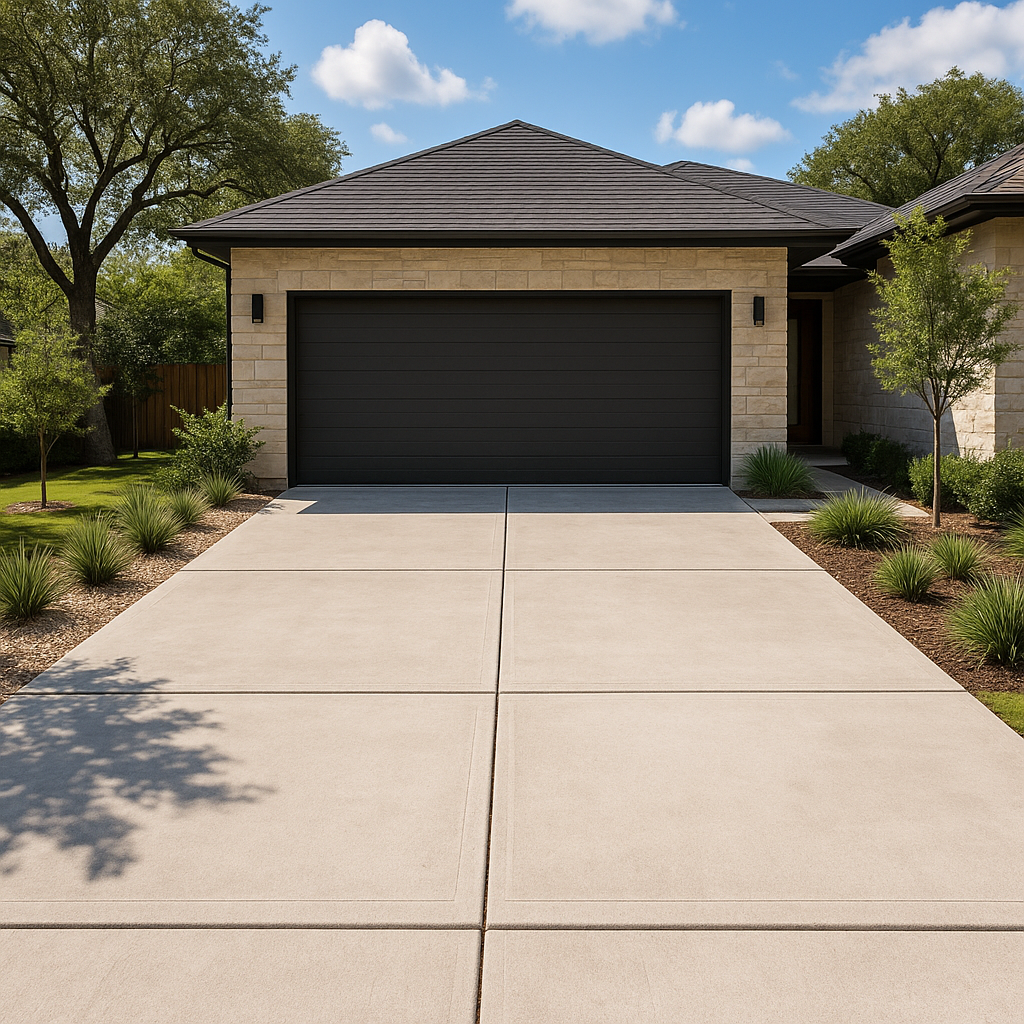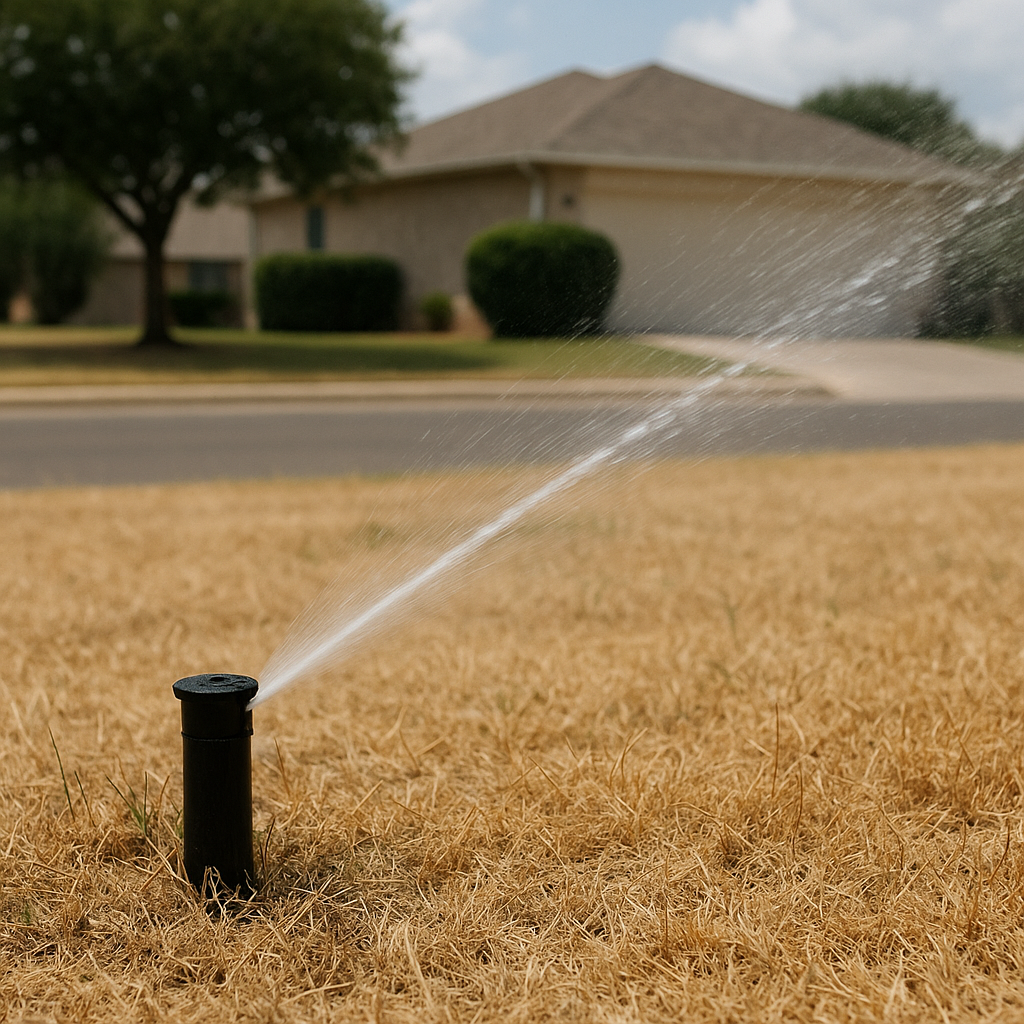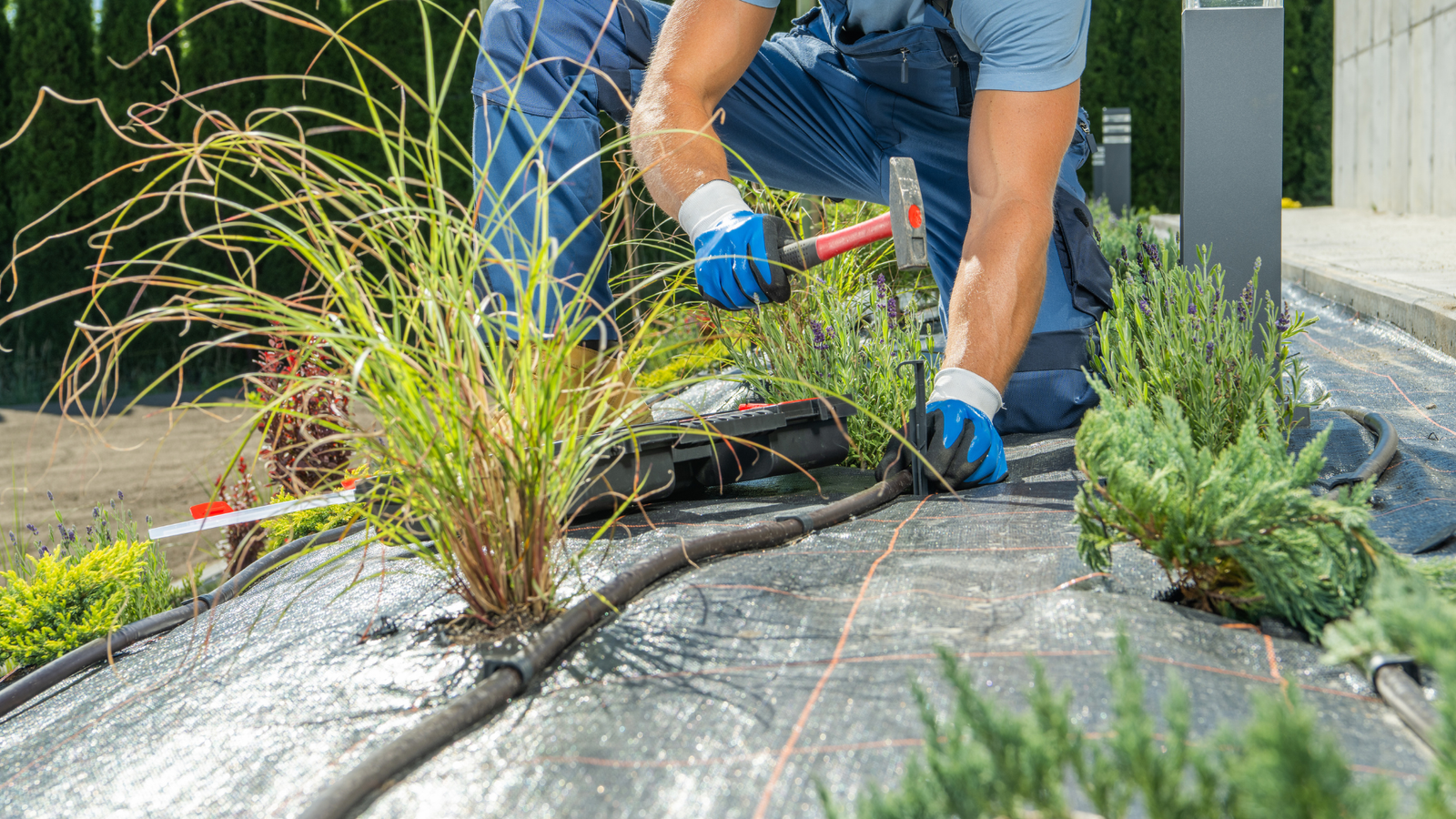Introduction to Xeriscaping in South Austin
What is Xeriscaping?
Xeriscaping is a landscaping method that minimizes the need for irrigation by using drought-tolerant plants, natural materials, and climate-responsive design. In South Austin — including areas like Buda, Manchaca, Kyle, and Sunset Valley — xeriscaping has become essential for homeowners who want beautiful, low-maintenance outdoor spaces that thrive in our unique climate.
Why It’s Ideal for South Austin’s Climate
Our region experiences long, hot, dry summers and occasional heavy rains. Xeriscaping isn’t just a trend—it’s a practical solution for conserving water, reducing upkeep, and protecting local ecosystems.
Environmental Benefits of Xeriscaping
Significant Water Savings
Traditional lawns require thousands of gallons of water per month, while a well-designed xeriscape can thrive almost entirely on local rainfall. This is especially important in South Austin communities like Buda or Driftwood, where water restrictions are common.
Using Native Plants Suited to Our Soil
Choosing native plants like Autumn Sage or Texas Sotol means fewer chemicals, less water, and more harmony with local wildlife. These plants thrive in South Austin’s soil and climate without excessive care.
Soil Health & Erosion Control
Our region’s clay-heavy and rocky soils benefit from mulch and gravel, which help prevent erosion, retain moisture, and protect the soil during sudden downpours.
Economic Advantages of Xeriscaping
Lower Water & Utility Bills
Many South Austin residents switch to xeriscaping to cut costs. Less watering means lower bills—especially in summer, when usage (and costs) peak.
Less Annual Maintenance
Say goodbye to weekly mowing, fertilizing, and watering. Xeriscapes need minimal upkeep—just occasional pruning and seasonal cleanup.
Boosted Property Value
Eco-conscious, low-maintenance landscaping is a selling point. Homes in Buda, Kyle, and surrounding areas with smart, sustainable yards often attract more buyers and higher offers.
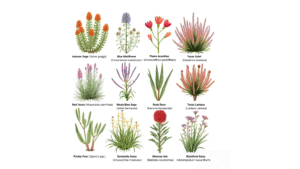
Top 10 Native Texas Plants for Xeriscaping in South Austin
- Autumn Sage (Salvia Greggii)
Blooms throughout the year, attracts hummingbirds, and thrives in dry soils. - Texas Lantana (Lantana Camara)
Hardy, heat-tolerant, and full of vibrant color—loved by pollinators. - Red Yucca (Hesperaloe Parviflora)
Tall red stalks attract bees and hummingbirds; highly drought-resistant. - Blackfoot Daisy (Melampodium Leucanthum)
Compact plant with delicate white blooms nearly year-round. - Mealy Blue Sage (Salvia Farinacea)
A pollinator magnet that adds a deep purple hue to your landscape. - Texas Sotol (Dasylirion Texanum)
Architectural plant with strong structure—ideal for focal points. - Esperanza (Tecoma Stans)
Produces brilliant yellow trumpet flowers; loves full sun. - Flame Acanthus (Anisacanthus Quadrifidus)
Attracts hummingbirds with bright red flowers and dense growth. - Buffalo Grass (Bouteloua Dactyloides)
A native lawn alternative—slow-growing and low-water. - Rock Rose (Pavonia Lasiopetala)
Pink blossoms and tough enough for full Texas sun and poor soils.
Aesthetic Value of Xeriscaping in South Austin
Designs Inspired by Local Landscapes
Xeriscaping draws from South Austin’s natural terrain—blending gravel, limestone, native grasses, and perennials for a cohesive, rustic look that feels both wild and refined.
Color and Texture All Year
Native plants like Esperanza and Mealy Blue Sage bloom at different times of the year, ensuring your landscape never feels dull—even in the heat of summer.
Versatile and Customizable
Whether you prefer modern, rustic, or Mediterranean, xeriscaping adapts. Add metal planters, stone walkways, or solar lighting to personalize your outdoor oasis.
How Xeriscaping Supports Local Wildlife
Creating Habitats for Pollinators
Hummingbirds, bees, butterflies, and even nectar bats benefit from native plants like Gregg’s Mistflower and Flame Acanthus. Your garden can be a vital food source.
Biodiversity in Residential Spaces
In neighborhoods like Manchaca or Sunset Valley, xeriscapes help reconnect fragmented green spaces and promote urban biodiversity.
 Common Myths About Xeriscaping
Common Myths About Xeriscaping
MYTH: “It’s just rocks and cacti.” – FALSE
Modern xeriscaping includes flowering perennials, ornamental grasses, and vibrant shrubs—not just gravel.
MYTH: “It looks dry and boring.” – FALSE
With native Texas plants, xeriscapes can be bold, colorful, and full of seasonal change.
MYTH: “It requires no maintenance.” – FALSE
Xeriscaping needs less maintenance, but not zero. Seasonal pruning, mulch refreshing, and occasional weeding keep it thriving.
Ready to Transform Your Landscape with Xeriscaping?
Looking for a trusted team to design a low-maintenance, water-wise landscape in South Austin? At Landscaping South Austin, we specialize in creating stunning xeriscapes customized to the natural environment and style of our local communities.
Visit our About Us page to learn more about our team and values.
Check our Service Areas to see where we work.
Or Contact Us today to schedule your consultation. We’d love to help bring your outdoor vision to life.
Frequently Asked Questions About Xeriscaping in South Austin
- How well does a xeriscape hold up during South Austin heatwaves?
Extremely well. Native plants are adapted to hot, dry summers and require minimal watering even in extreme heat. - Can I still have colorful flowers in a xeriscape?
Yes! Plants like Lantana, Salvia, and Rock Rose bring rich color and texture all season long. - How much does xeriscaping cost?
Initial costs vary by design, but long-term savings on water and maintenance make it cost-effective over time. - Is xeriscaping a good choice for commercial properties?
Absolutely. Many South Austin businesses use xeriscaping to improve curb appeal, cut costs, and demonstrate environmental responsibility. - How do I get started with Landscaping South Austin?
Just visit our Contact Us page to book your consultation. We’ll take care of the rest.

